Kesariyaji Rishabhdev (Rajasthan)
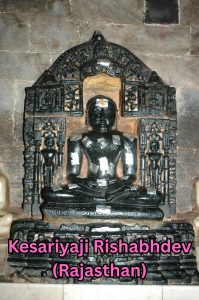 |
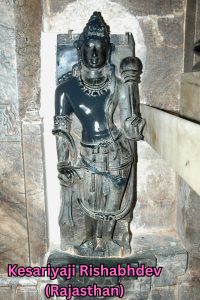 |
 |
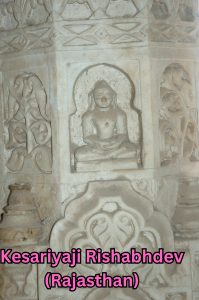 |
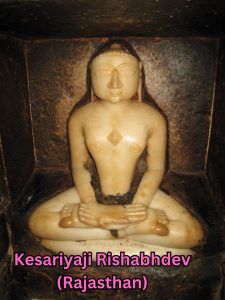 |
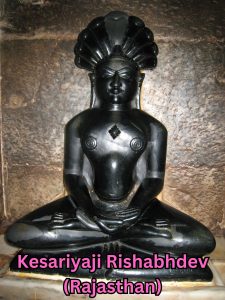 |
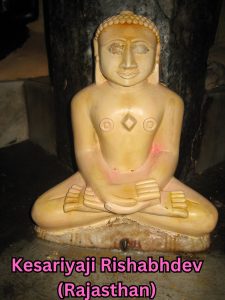 |
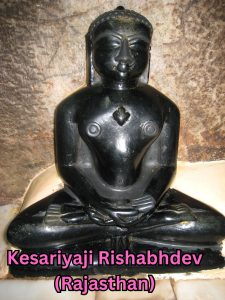 |
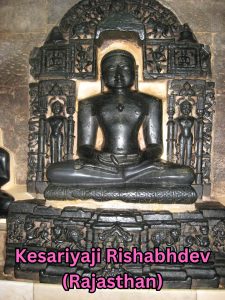 |
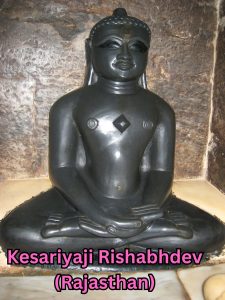 |
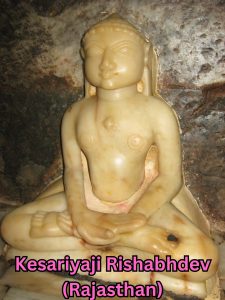 |
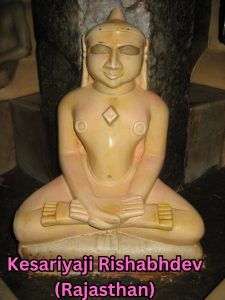 |
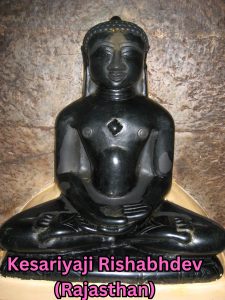 |
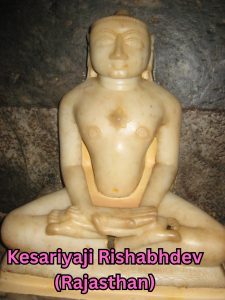 |
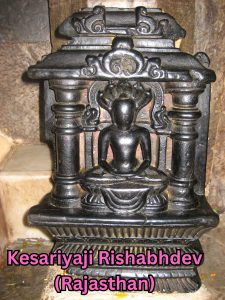 |
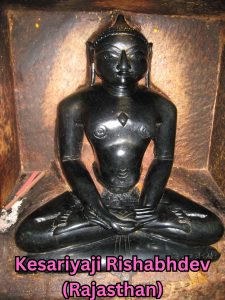 |
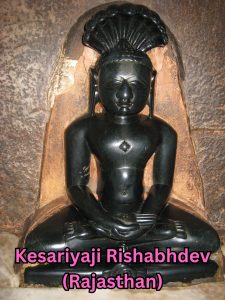 |
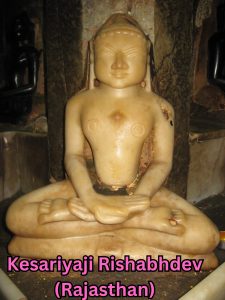 |
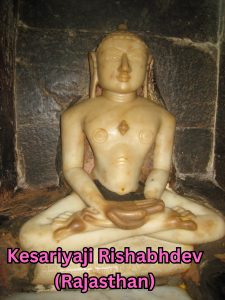 |
 |
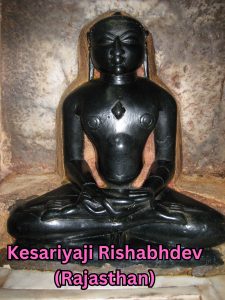 |
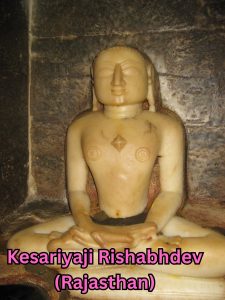 |
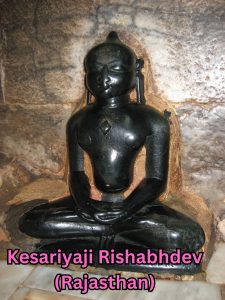 |
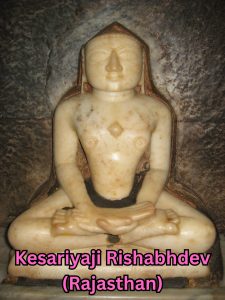 |
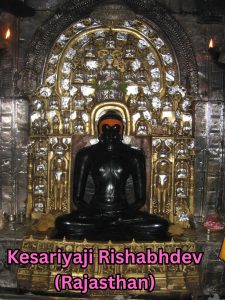 |
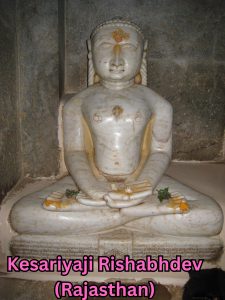 |
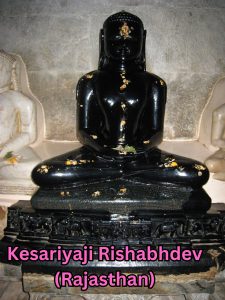 |
 |
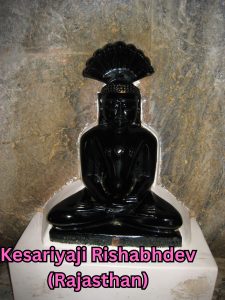 |
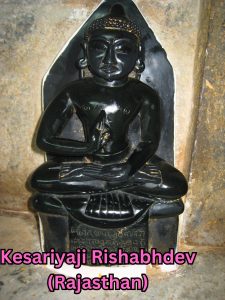 |
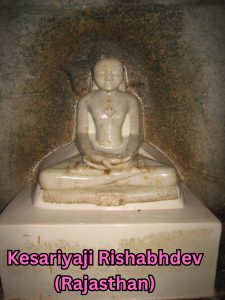 |
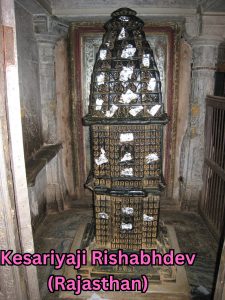 |
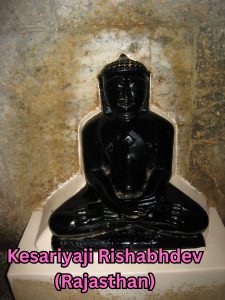 |
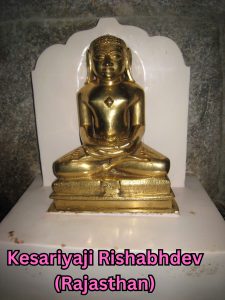 |
Kesariyaji Tirth, or Rishabhdev Jain Tempel, is located in the Udaipur District of Rajasthan. It is an important temple for the Digambara and Svetabara pilgrimages of Jainism.
Kesariyaji Temple is an ancient temple. This temple, around 1200 years old, is a masterpiece of architecture. It is the temple of the first Tirthankar of Jainism, Lord Rishabhnath. It has 52 Jinalayas and 1100 pillars and there are also idols of Hindu deities like Durga Maa, Shiva and Lord Krishna.
About KesariyaJi Rishabhdev Jain Temple
KesariyaJi Jain Temple in Rishabhdev, near Udaipur, is one of the most important and ancient Jain religious sites in India. This temple is also known as Shri Rishabh Dev Digambar Jain Atishaya Kshetra.
The main temple is dedicated to Lord Rishabhnath, the first Jain Tirthankara. The Murti of the Lord is made of black stone and is about 3.5 feet high. In the courtyard is a beautiful sculpture of Marudevi Mata seated on an elephant.
A Unique Jain Temple
Kesariya Ji Jain Temple in Rishabhdev is unique in many ways. The deity is worshipped by Jains and the local Bhils, who call Kesariya Ji the Lord ‘Kalaji’. The temple possesses an 800-year-old rath, which is used during the annual Rathotsav.
Kesariyaji is another name for this ancient temple. Devotees offer ‘Kesar’ as it is felt that saffron is extremely pure, good for health and has a sweet fragrance.
It not only saves the atmosphere from pollution but also creates a feeling of elation among worshippers. It is believed that God’s shower, ‘Kesar’,’ is here every day. The main idol of Rishabhdeo has a carving of a bunch of hair (‘kes’ or ‘kesh’), from which the temple gets its name.
Its other name is Kalaji Temple, as the idol is made of black stone. Dhulev is yet another name. Maybe it is because it is believed that a villager named Dhoolia saw the idol of the Lord on the spot in a dream.
KesariyaJi Rishabhdev Jain Temple History
The history of the temple is not known clearly. Different communities have their own version of it. There are many beliefs regarding the antiquity and history of this splendid, miraculous and extraordinary idol.
It was very much worshipped in the times of Bhagawan Munisuvrat Swami. Over time, it appeared under a banyan tree outside Vatpradnagar. It was worshipped for some years.
Again, it appeared under a tree, at a distance of one kilometre from the village. This is the Chief Tirth of Jains in the Mevad State. A fair is held here every year on the eighth day of the dark half of the month of Fagan. With all five fingers, people worship God here with saffron. They give a gift of saffron to God. This is God by the name of ‘Kalababa’.
Non-Jain devotees come here with faith. For centuries, there has been a custom of giving saffron to God as a gift. Sometimes so much saffron is plastered on God that he looks saffron-colored. People, therefore, call God Kesariyanath.
Conflicts of KesariyaJi Rishabhdev Jain Temple
The Rajasthan court judgement says that the idols of Rishabhdeo are worshipped in the morning according to the Digambara tradition and in the evening, the idols of Rishabhdeo are worshipped according to the Svetambara tradition. In this temple, there are many images of the Hindu deities.
However, Rishabhdeo is worshipped as a soil- and land-protecting deity known as Kala-ji.
The Kesariyaji temple is also visited by my Bhil community. They only worship Hindu idols except for the Rishabhdeo ideo.
